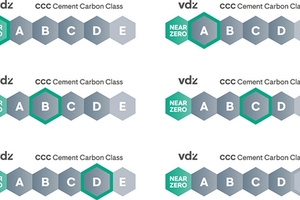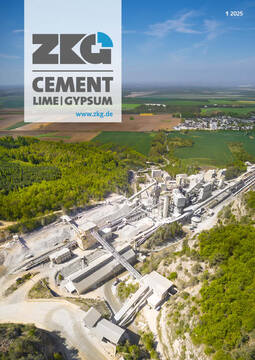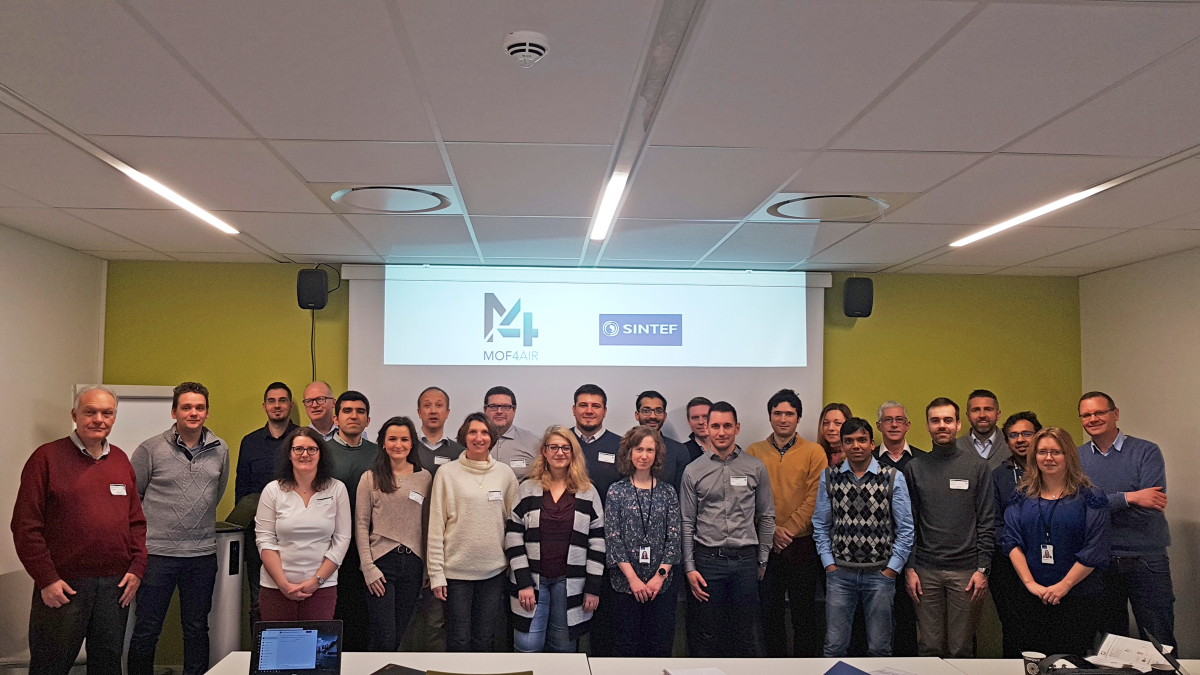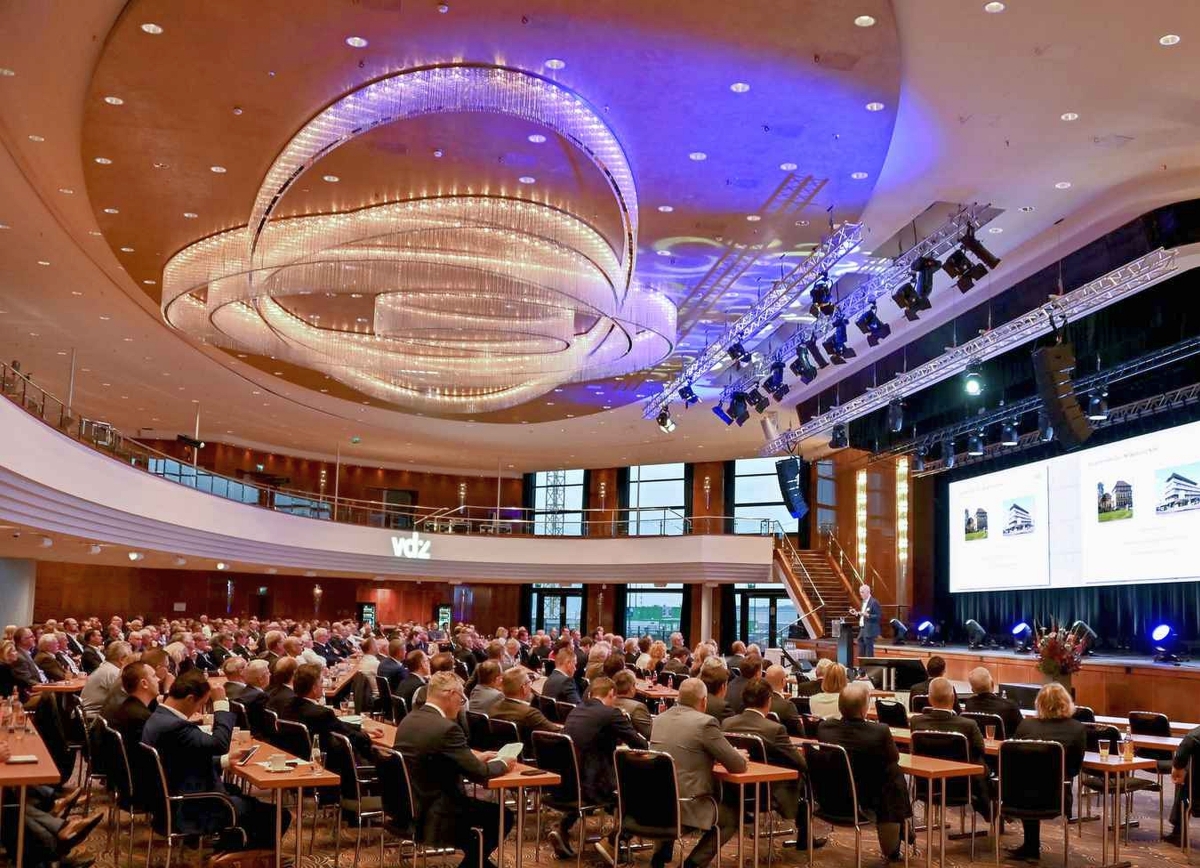Green lead markets: VDZ introduces CO2 label for cement
In 2024, the cement industry developed a definition of “green cements” as part of a stakeholder process of the German Federal Ministry for Economic Affairs and Climate Action (BMWK), which sets thresholds for climate-friendly products. “However, the definition alone does not create demand. That’s why VDZ has introduced a voluntary CO2 label that makes the carbon footprint of products on the market easily recognizable and comparable in order to promote the use of green cements,” explains Christian Knell, President of the VDZ. “The new VDZ label is called Cement Carbon Class (CCC) and can be referred to in tenders so that the use of CO2-reduced cements becomes standard in construction,” emphasizes Knell. The public sector is particularly in demand here - but private construction projects can also benefit from emission-reduced cements and concretes, for example in terms of sustainability certification or the granting of subsidies.
VDZ’s new CO2 label paves the way for cements to be classified into a “Cement Carbon Class” (CCC) based on their greenhouse gas emissions in future. The corresponding classes are derived from the “Lead markets for climate-friendly raw materials” concept defined in the BMWK stakeholder process in 2024 and are based on the system developed by the International Energy Agency (IEA) for classifying cements. In addition to the cement industry, other players from society, science and business were also involved in the stakeholder process.
“By defining green cements in 2024, industry and politics have already created a standardised benchmark for assessing CO2 efficiency and comparing different products. With the new CCC label for cement, we are now putting this definition into practice for users in the construction value chain so that it can be referred to in future tenders for construction projects,” explains Dr Martin Schneider, Chief Executive of VDZ: “This makes the new CO2 label an important step towards promoting green lead markets, which are crucial for the transformation to climate neutrality.”
VDZ’s new CO2 label classifies climate-friendly products as follows: Classes A to D identify low-emission cements with a CO₂ footprint between 100 kg CO₂/t cement and 500 kg CO₂/t cement in four levels. “Near zero” cements are those with a CO₂ footprint of less than 100 kg CO₂/t of cement.
State Secretary Udo Philipp for Industrial Policy at the BMWK explained: “The CO₂ label for climate-friendly cement (Cement Carbon Class, CCC) is an important step towards climate-friendly construction and business. The initiative creates transparency and trust, which we need to establish the first lead markets for climate-friendly raw materials and products. The label can become an important point of orientation for companies, but also for the public sector, when procuring climate-friendly cement. The label takes up the results of the stakeholder process of the Federal Ministry for Economic Affairs and Climate Action (BMWK) on definitions for climate-friendly raw materials and is also widely supported internationally by the entire industry.”
More information: https://vdz.info/enccc






